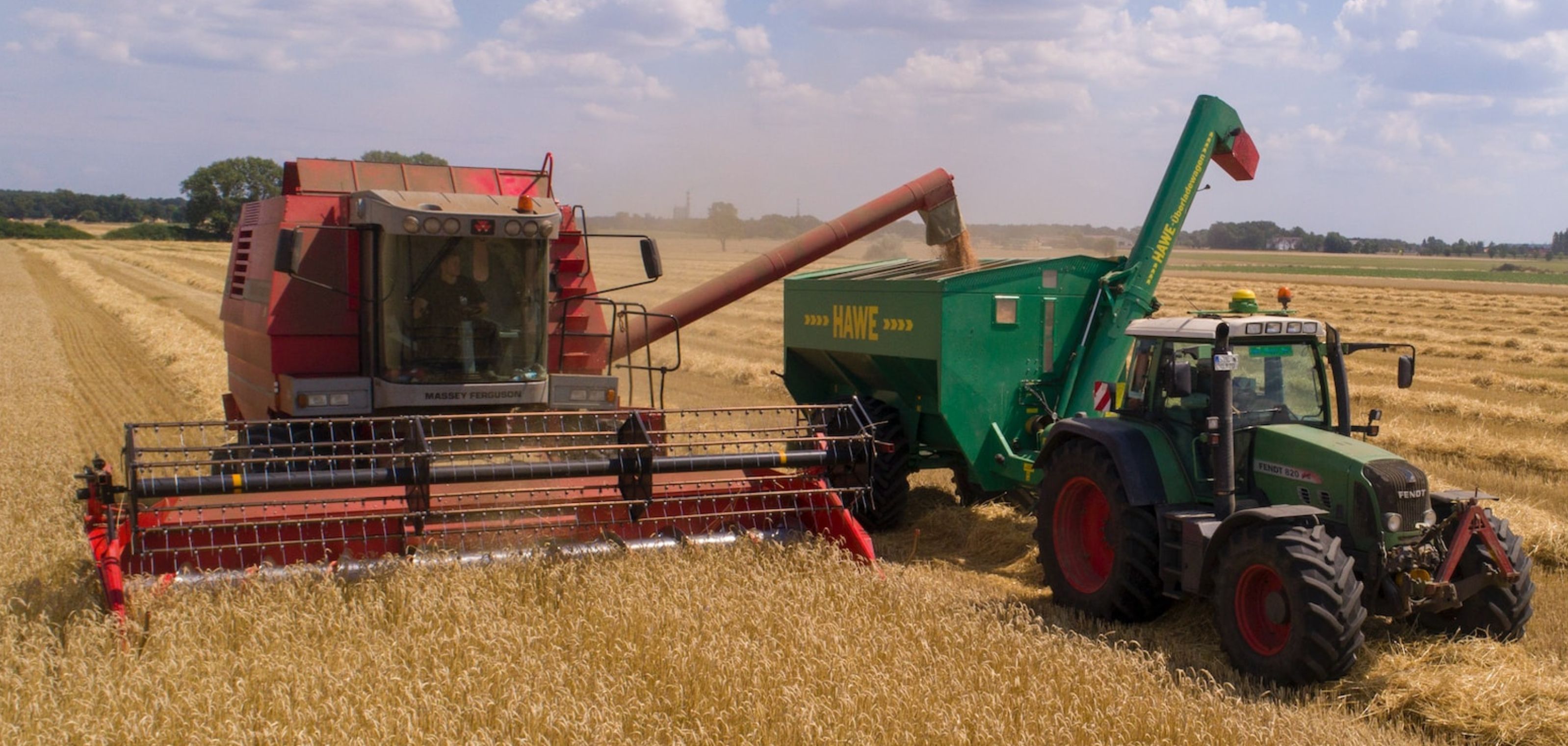
Whether you’re a young, beginning or small farmer, or you have been in the agricultural industry for decades, having the cashflow to operate your business is a necessity. Instead of utilizing a credit card with a high interest rate, consider an operating loan. Before you explore that option, let’s help take the guesswork out of it by answering a few common questions.
What can an operating loan be used for?
An operating loan can be utilized for all kinds of expenses on your farm including:
- Crop inputs
- Livestock
- Operational bills
- Seed
- Fertilizer
- Fuel for equipment
- Farm supplies
- Family living expenses
How does it work?
When you apply for an operating loan, work with your financial services officer to determine the maximum amount of money you may need for that year. If approved for that amount, you can spend up to that set amount of money throughout that year. With an operating loan, you aren’t given a check for the full amount of the loan upfront. Instead, you spend from that line of credit as needed throughout the year as applicable expenses arise. The perk to this? You are only charged interest on the money you have spent, not the entire amount you are approved for.
For example: If you are approved for a $50,000 operating loan and buy $30,000 worth of seed and inputs using the operating loan, you are only charged interest on the $30,000 spent.,
Along with other loan qualifications, collateral is required to secure the loan requests, which is usually in the form of a chattel lien. Chattel is anything not permanently affixed to real estate or movable. Items like machinery and equipment, cattle, crops and inventories all qualify as valued chattel assets.
Are there different types of operating loans?
The short answer: yes. If approved, a revolving line of credit can be renewed every year as long as the operating line is paid down each year. Updated financials are required to be provided at a minimum every 3 years -- saving you time. If you have a revolving line of credit and decide you need more money each year, you can always work with your financial services officer to determine how much you would qualify for.
Another option is a budget note. This operating loan option does not renew, and is only valid for one year. The principal balance must be paid back annually. Some farmers use this option the first year to see if the operating loan option is right for them, and switch to a revolving line of credit after.
When do I pay my balance?
Revolving lines of credit are set up to be repaid when you receive income from your farm product. A typical repayment scheduled for a revolving line of credit is monthly or annual interest-only payments. The principal balance is expected to be repaid when you receive your income which can be monthly, quarterly, semi-annually, or annually.
For a budget note, you would set up a payment schedule for both the principal and interest or select an option for the full balance to be due at the end of the loan terms.
If your loan is set up to be paid annually, it is good practice to pay on the loan throughout the year as income comes into your operation to avoid having to make the lump sum payment all at once.
Are there other perks?
Besides competitive interest rates compared to credit cards, if you take out an operating loan through GreenStone, you also benefit from Patronage for that loan. GreenStone is a cooperative owned by the members it serves, which earns you a return of annual earnings in the form of a check each year. You can learn more about GreenStone’s Patronage here.
Additionally, with an operating loan through GreenStone, you can benefit from Farm Cash Management. This program complements your operating loans through short-term investments. When your Farm Cash Management is activated and funded, money drawn will be pulled from the investment account before your line of credit. You can save money by putting your funds into an account where they generate the best return. You can learn more about Farm Cash Management here.
Still have more questions?
GreenStone is here to help you get started with the best financing option for your farming operation. Reach out to a financial services officer today and see if an operating loan can help save your bottom line.
This article was originally published in Michigan Farm News.


